Technology is reshaping the way we live, and home innovations are advancing faster than ever. From smart security to AI-driven appliances, these gadgets aren’t just futuristic—they’re already making life easier, safer, and more efficient. Whether it’s a device that learns your habits, controls your home remotely, or saves energy, tech is revolutionizing everyday tasks. Some of these innovations are designed for convenience, while others offer serious financial and environmental benefits. Here are 14 home tech devices that are transforming modern living—and they’re only getting better.
1. AI-Powered Security Systems
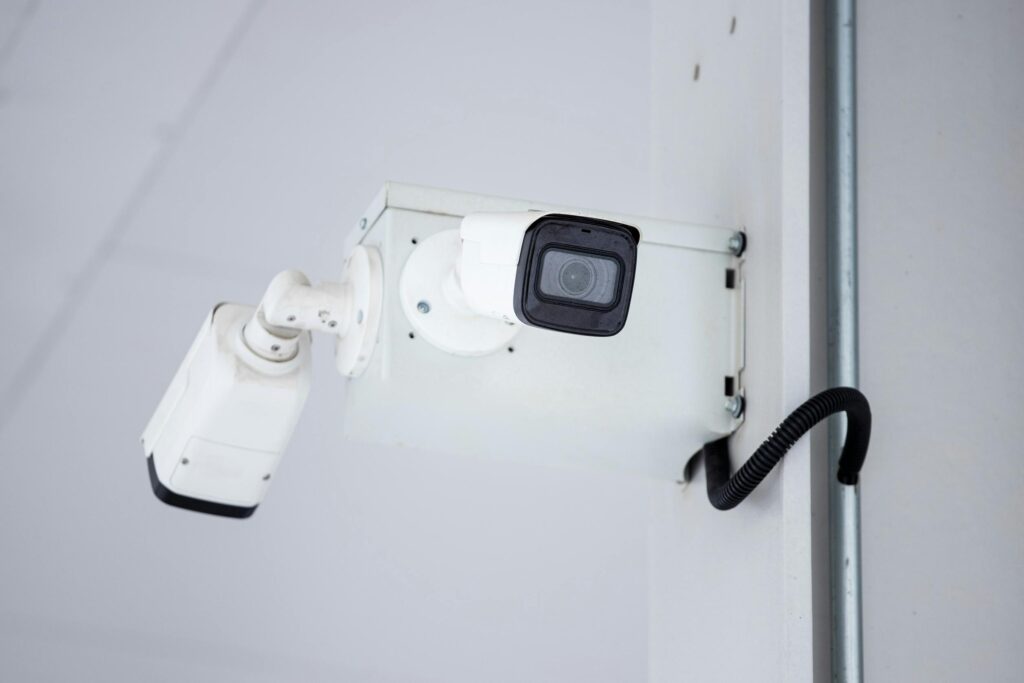
Home security is getting smarter, and AI-driven security systems are leading the way. These systems use advanced algorithms to distinguish between potential threats and harmless activity, reducing false alarms. Homeowners can receive real-time alerts and monitor their properties remotely, adding an extra layer of protection. The New York Times reports that AI-powered cameras and motion sensors are becoming increasingly common, making it easier than ever to keep homes secure.
Beyond traditional security, AI-powered systems are expected to integrate even more deeply with smart home automation. As these systems evolve, they will become more proactive, detecting suspicious activity before it escalates. Many models are also incorporating facial recognition to differentiate between family members, guests, and strangers. With continuous improvements, AI security is revolutionizing home protection.
2. Smart Refrigerators That Reduce Food Waste
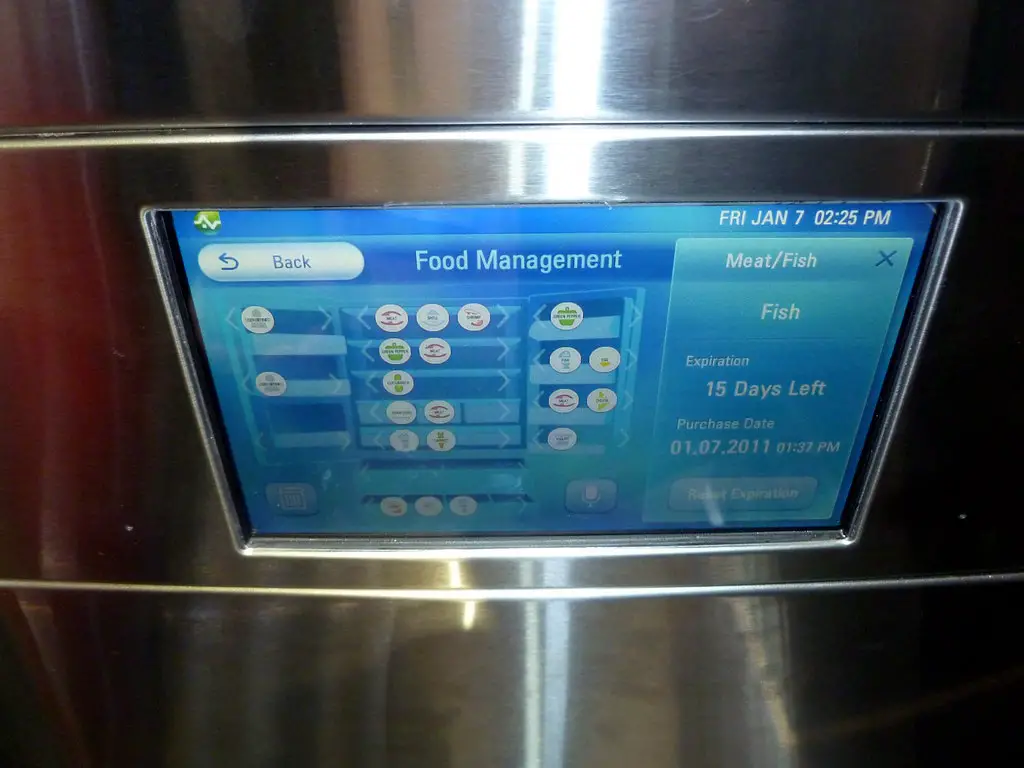
Smart refrigerators are changing how households manage food storage and minimize waste. These high-tech appliances can track expiration dates, suggest recipes, and even send alerts when food is about to go bad. Some models come equipped with internal cameras, allowing users to check fridge contents remotely. According to Consumer Reports, smart fridges are helping families reduce unnecessary grocery purchases and cut down on food waste.
Food spoilage is a costly issue, but technology is stepping in to help. Newer models are designed to adjust temperature and humidity levels based on food type, extending freshness. Some even integrate with grocery delivery services, making restocking effortless. With these advancements, smart refrigerators are making kitchens more efficient and sustainable.
3. Voice-Controlled Smart Assistants
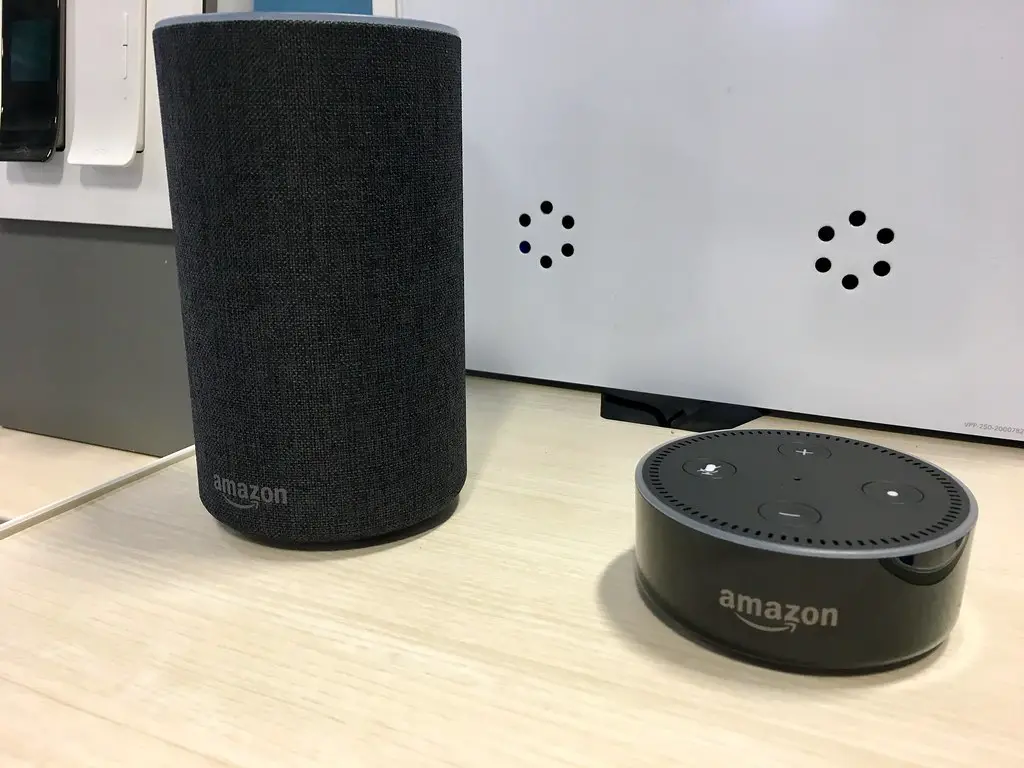
Voice-controlled smart assistants are making everyday tasks easier than ever. Devices like Amazon Alexa and Google Assistant can control smart home gadgets, answer questions, and set reminders—all through simple voice commands. As their artificial intelligence improves, they are becoming even more intuitive and responsive. Wired notes that voice assistants are evolving to better understand natural speech patterns, making interactions feel more seamless.
These devices are also expanding their capabilities beyond basic commands. Many now integrate with home security, allowing users to lock doors or monitor cameras with just their voice. Others assist with health tracking, scheduling, and even entertainment, making them an essential part of modern living. As voice technology continues to advance, it will play an even bigger role in daily life.
4. Smart Lighting for Energy Efficiency
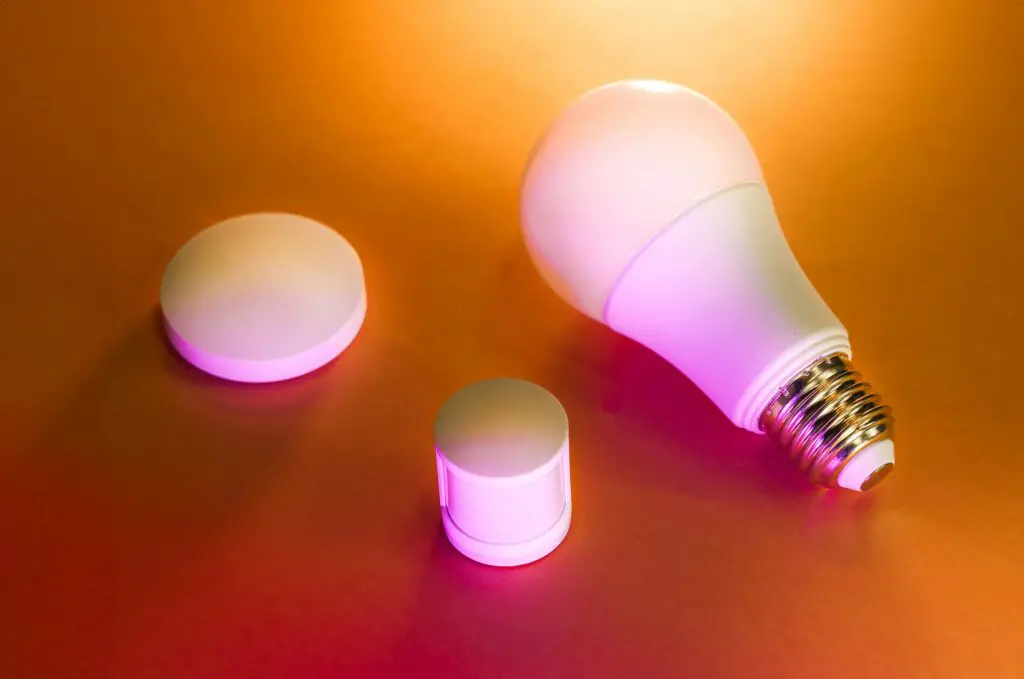
Smart lighting is revolutionizing home energy use while adding convenience and customization. Homeowners can now control their lighting remotely, set schedules, and even change brightness and color with a simple app. Many smart bulbs also adjust automatically based on the time of day, mimicking natural light cycles. CNET reports that smart LED lighting can significantly reduce energy consumption, leading to lower electricity bills.
Aside from energy savings, smart lighting systems offer enhanced ambiance and comfort. Some models integrate with voice assistants, allowing users to control lights hands-free. Others include motion sensors, ensuring that lights only turn on when needed. With these innovations, smart lighting is making homes more efficient and environmentally friendly.
5. Wireless Charging Furniture
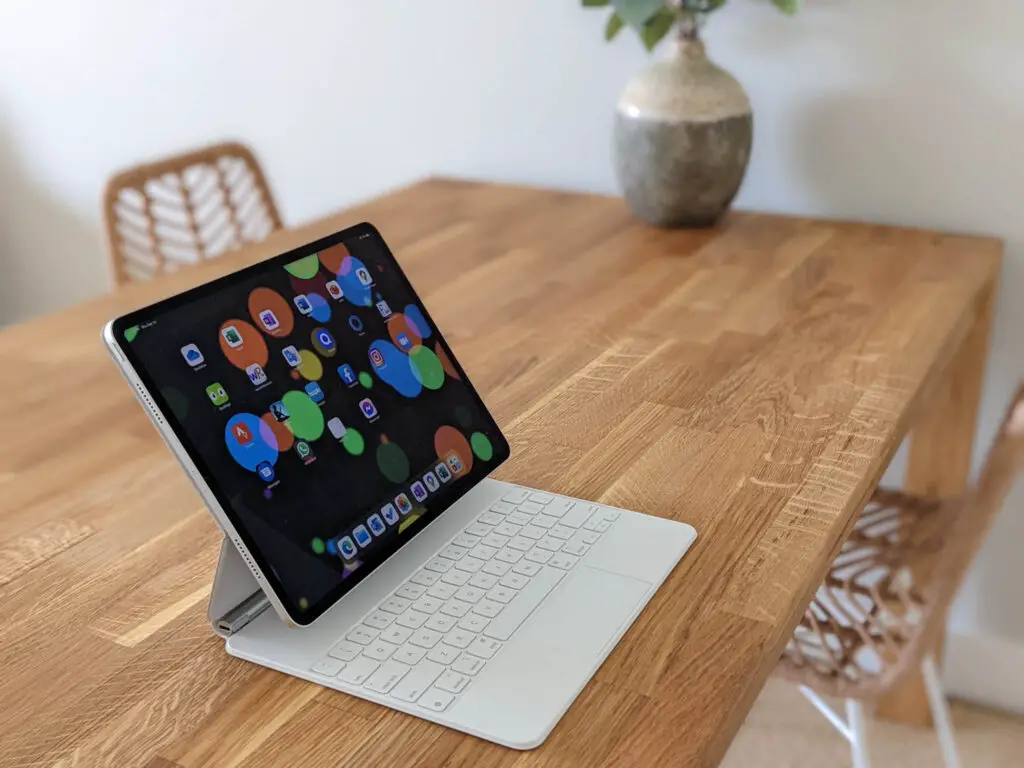
Wireless charging furniture, such as nightstands and desks with built-in charging pads, eliminates the need for tangled cords and multiple power adapters. These pieces use Qi wireless technology to charge compatible devices simply by placing them on the surface. Companies like IKEA and West Elm have started incorporating this technology into their furniture, making it easier than ever to keep phones, smartwatches, and earbuds powered throughout the day. This seamless integration allows for clutter-free spaces while ensuring devices remain fully charged.
As battery technology continues to evolve, future iterations of wireless charging furniture could include faster charging speeds and the ability to power multiple devices simultaneously. Some companies are even exploring long-range wireless charging, which would allow devices to charge without direct contact. With ongoing advancements, wireless charging furniture will become a staple in modern homes, improving both convenience and interior design.
6. AI-Powered Lawn Care Systems
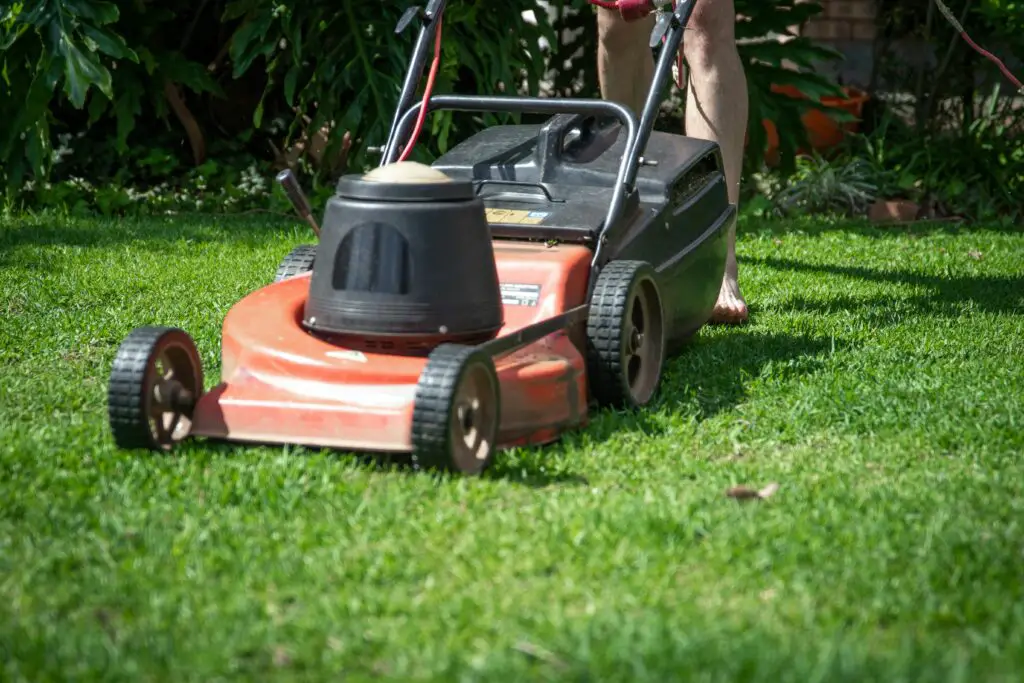
Smart lawn care systems, such as the Husqvarna Automower and Worx Landroid, are revolutionizing how homeowners maintain their yards. These robotic lawnmowers use GPS mapping and AI-driven sensors to navigate and trim grass efficiently. Some models even analyze weather patterns and soil conditions to optimize watering schedules, reducing water waste and keeping lawns lush and healthy. With automated mowing and smart irrigation, maintaining a pristine lawn requires minimal effort.
In the coming years, AI-powered lawn care systems will likely incorporate even more advanced features, such as machine learning to detect different grass types and adjust cutting heights accordingly. Additionally, future models may integrate with smart home ecosystems, allowing users to control their lawn care routines through voice commands or mobile apps. As these systems become more sophisticated, homeowners will enjoy beautiful landscapes with even less manual upkeep.
7. Smart Mattresses

Smart mattresses, such as those from Sleep Number and Eight Sleep, are designed to optimize sleep quality using built-in sensors and temperature regulation. These high-tech beds monitor heart rate, breathing patterns, and movement throughout the night, providing users with detailed sleep reports and recommendations. Some models even feature dual-zone temperature controls, allowing partners to adjust their side of the bed independently for maximum comfort. By tracking sleep trends, smart mattresses help users develop healthier nighttime routines.
The future of smart sleep technology could include AI-driven sleep coaching that automatically adjusts mattress firmness based on a person’s rest patterns. Some companies are also working on biometric tracking systems that detect early signs of health issues, such as sleep apnea or irregular heartbeats. With these advancements, smart mattresses will go beyond comfort and become essential tools for improving long-term health and wellness.
8. Interactive Smart Mirrors

Interactive smart mirrors, like the Mirror by Lululemon and the HiMirror, bring technology into daily routines by offering fitness coaching, skincare analysis, and virtual try-ons. These high-tech mirrors use AI to provide personalized workout sessions, track skin conditions, and even display news or calendar updates while users get ready in the morning. Some models also include voice-activated assistants, allowing users to control smart home functions without touching a screen.
In the future, interactive smart mirrors may incorporate even more advanced augmented reality (AR) capabilities, enabling users to test different hairstyles, makeup looks, or outfit combinations before making styling decisions. Additionally, improvements in AI-driven health monitoring could allow these mirrors to provide insights into hydration levels and stress indicators. As smart technology evolves, interactive mirrors will become an essential part of self-care and home automation.
9. Smart Home Energy Management Systems

Smart home energy management systems, such as Sense and Emporia Vue, help homeowners monitor and optimize their energy usage in real time. These devices connect to a home’s electrical panel and use AI to track energy consumption by individual appliances, identifying areas where electricity is being wasted. Some models even provide predictive insights, alerting homeowners to potential issues like inefficient HVAC systems or malfunctioning appliances before they become costly problems. By improving energy efficiency, these systems help reduce electricity bills and environmental impact.
Future advancements in energy management systems may include deeper integration with renewable energy sources, such as solar panels and battery storage. AI-driven automation could also allow homes to self-regulate energy use, automatically adjusting power distribution based on peak hours and utility rates. As energy costs rise and sustainability becomes a greater priority, smart energy management systems will play a crucial role in reducing household expenses and carbon footprints.
10. Smart Smoke and Carbon Monoxide Detectors
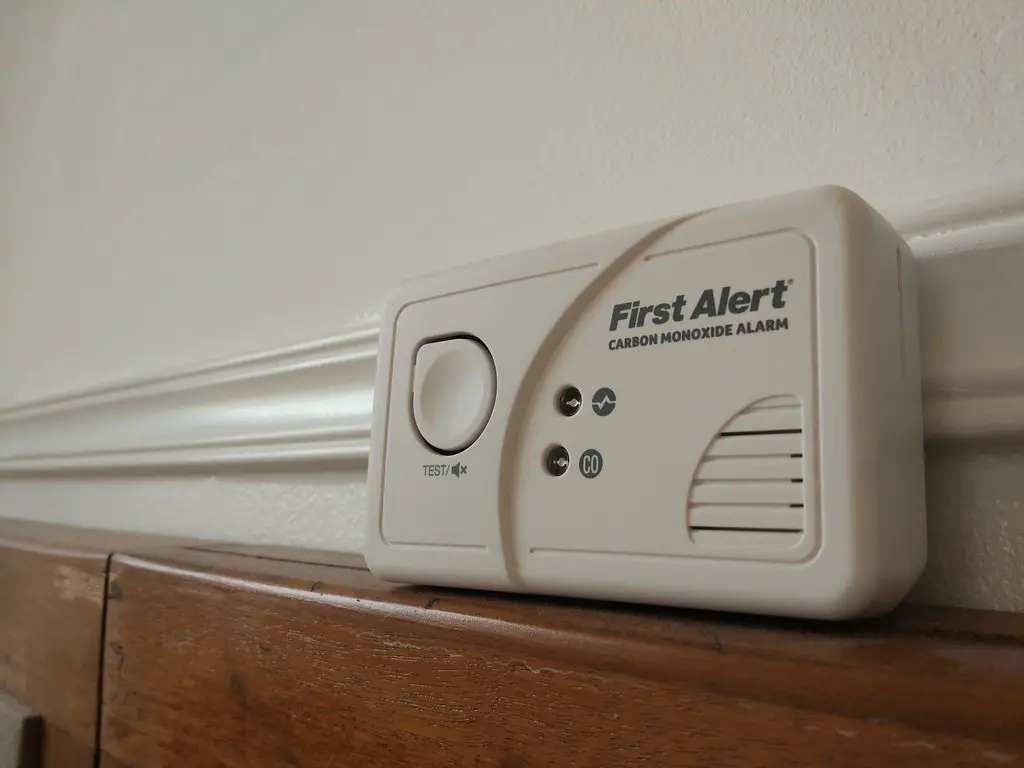
Devices like Nest Protect go beyond traditional smoke detectors by providing early warnings and smartphone alerts. They can differentiate between types of smoke and notify homeowners before an emergency escalates.
Future models may include real-time air quality monitoring, giving users insights into pollutants and allergens in their home environment. With these enhancements, smart detectors will become even more essential for home safety.
11. Smart Thermostats Optimize Comfort and Efficiency
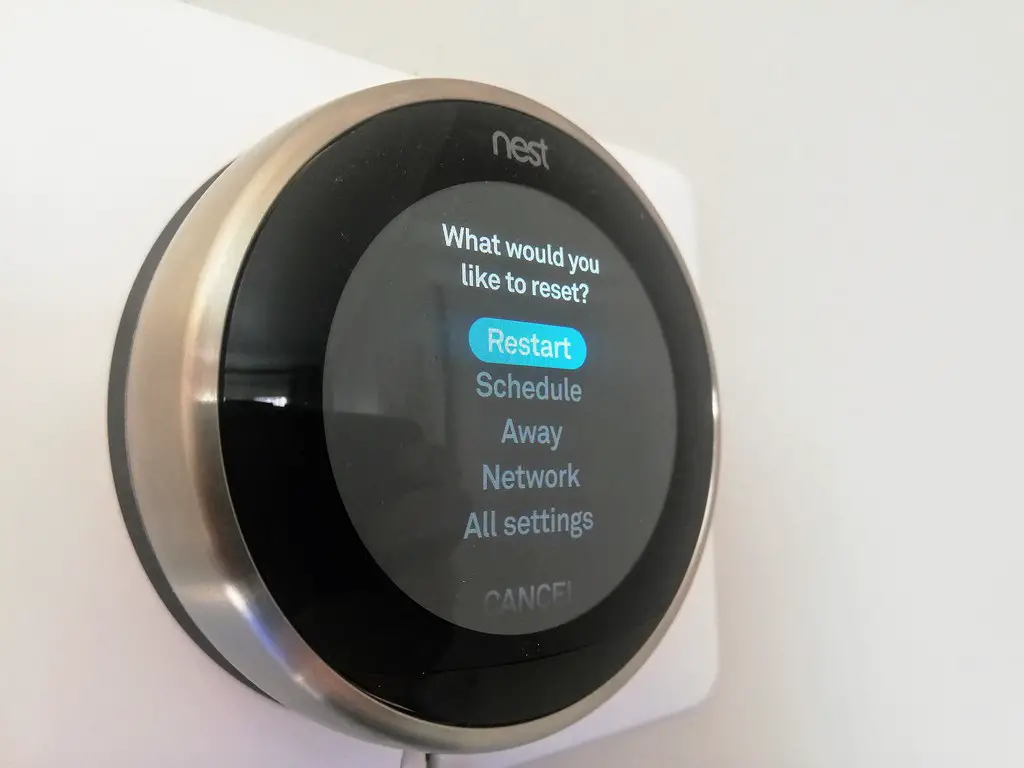
Smart thermostats like the Nest Learning Thermostat and Ecobee have revolutionized how we manage the temperature in our homes. These devices learn your daily schedule and adjust heating or cooling accordingly, ensuring your home is always comfortable while saving energy. They can be controlled remotely via smartphone apps, meaning you can set the perfect temperature before you even walk through the door. Over time, they gather data to optimize temperature settings, making your home more energy-efficient and reducing utility bills.
Additionally, many smart thermostats offer integration with voice assistants like Amazon Alexa or Google Assistant, making it easy to adjust the temperature using voice commands. With features like energy usage reports and personalized recommendations, these devices allow homeowners to track and improve their energy consumption. As smart home technology continues to evolve, thermostats will play an increasingly important role in creating more sustainable living environments.
12. Robot Vacuums for Hands-Free Cleaning
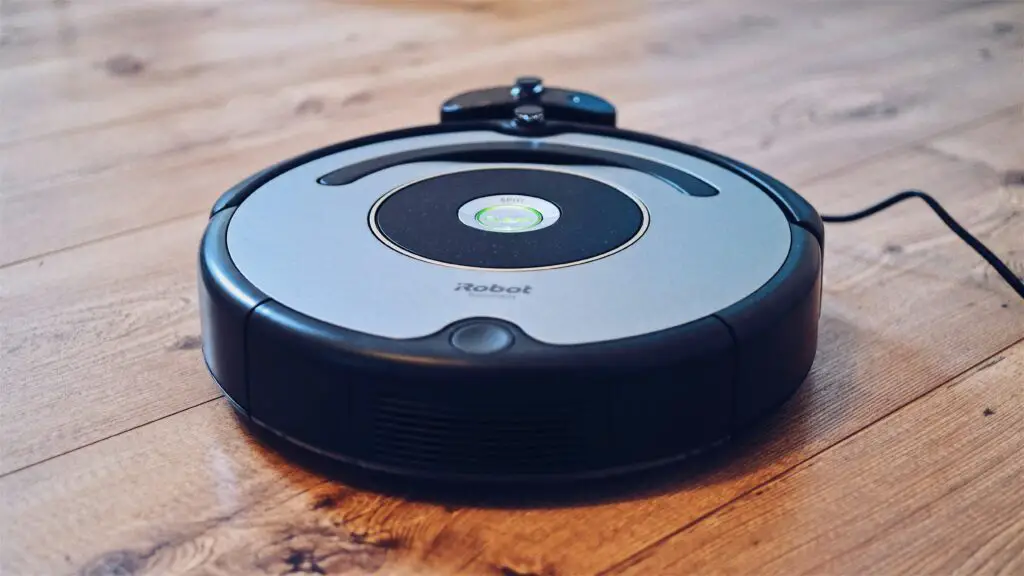
Robot vacuums, such as the Roomba and Neato, are changing the way we clean our homes by taking care of the hard work for us. These devices use sensors and advanced algorithms to navigate through your home, automatically detecting dirt and debris while avoiding obstacles. With the ability to schedule cleaning sessions and control them remotely via smartphone apps, robot vacuums offer a convenient and efficient way to keep your home spotless with minimal effort.
Over time, robot vacuums have become more intelligent, with features like self-emptying dustbins, mapping capabilities, and enhanced suction power. Some models even work seamlessly with other smart home devices, adjusting cleaning schedules based on your preferences and lifestyle. The convenience and ongoing improvements in technology mean that robot vacuums are only going to get better at handling a wider range of cleaning tasks and providing users with even more control.
13. Smart Plugs for Automating Everyday Appliances
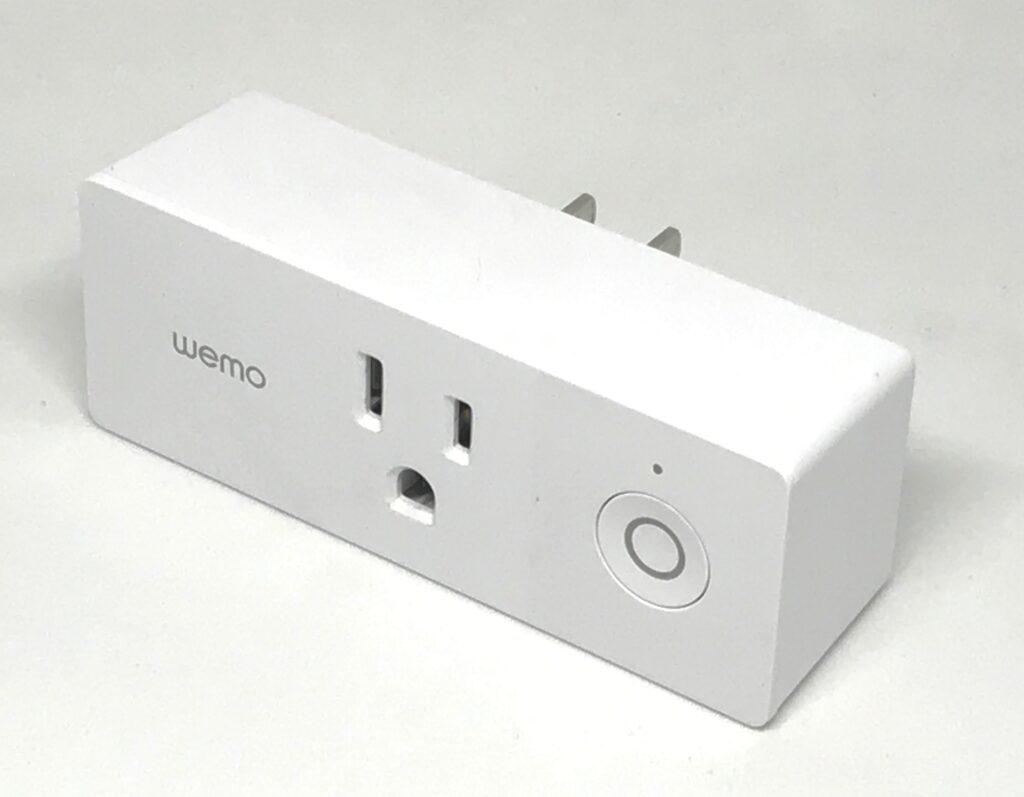
Smart plugs, such as those from TP-Link and Wemo, are a simple yet transformative way to make your home more efficient. By plugging any standard appliance into a smart plug, you can control it remotely using an app or voice commands through Alexa or Google Assistant. This allows you to schedule when devices like lamps, fans, or coffee makers should turn on or off, saving energy and adding convenience to your daily routine.
In addition to convenience, smart plugs give homeowners better control over energy usage by tracking how much power each device consumes. This can help reduce unnecessary energy waste, potentially lowering utility bills over time. As part of the growing smart home ecosystem, smart plugs offer an easy entry point into home automation, enabling anyone to upgrade their space with minimal effort and expense.
14. Smart Locks to Enhance Security
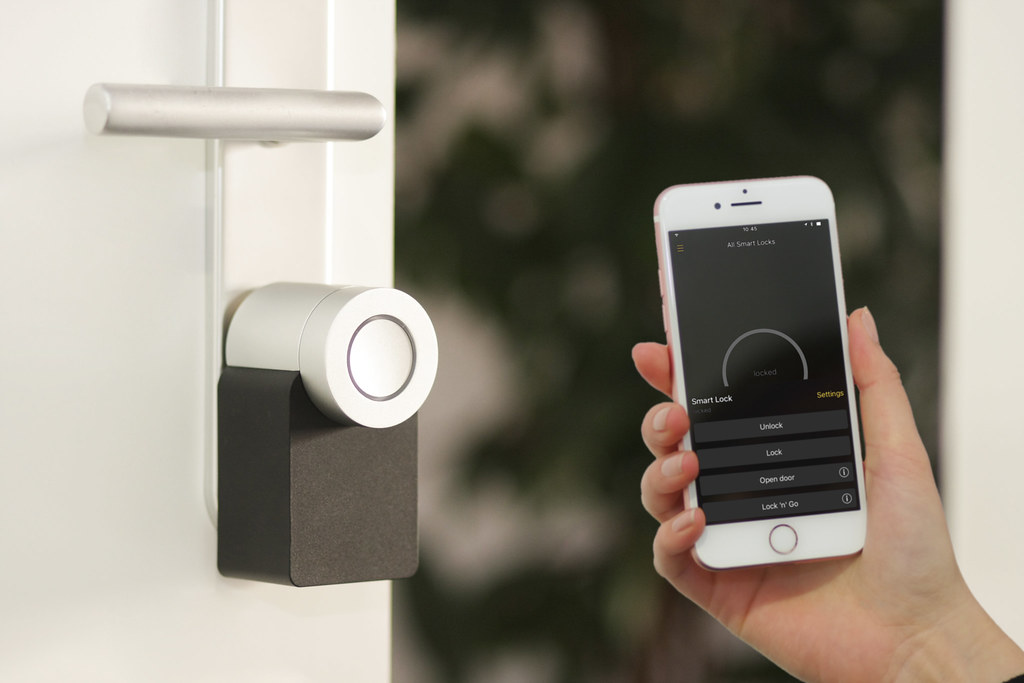
Smart locks, such as those from August and Schlage, are transforming home security by offering keyless entry, remote control, and real-time monitoring. With features like remote locking and unlocking through a smartphone app, you can ensure your home is always secure, even when you’re away. Many smart locks also allow you to create temporary access codes for guests or service providers, giving you complete control over who enters your home and when.
Beyond convenience, smart locks improve security by offering features like activity logs, which track when doors are locked or unlocked. Some models even integrate with home security systems and smart doorbells, allowing you to monitor entry points more effectively. With the growing trend of smart homes, smart locks are becoming an essential tool for modern homeowners seeking enhanced safety, convenience, and peace of mind.
